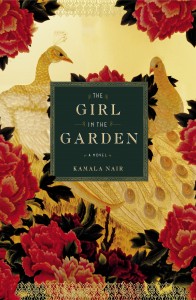Ideal Cities by Erika Meitner, whom I interviewed in 2009, was published in 2010 by Harper Perennial as part of the National Poetry Series selected by Paul Guest. The collection is broken down into two sections: Rental Towns and Ideal Cities. Rental towns appears to be at first glance about the transient nature of apartment or rental living, but on a deeper level its about the transient nature of our lives and how quickly we all want to grow up and become adults. There zipping through memories and moments reminds us that our childhood moves too quickly and so innocence is gone before we realize it. “The windows on the soon-to-be luxury/condos across the way say things/to the darkness I can’t hear. Sometimes/they’re blocked by the train masticating/its way across town. Now and then//” (from Vinyl-Sided Epiphany, page 5-6)
Each poem is ripe with stunning imagery, like in “January Towns” (page 38-9), “. . . Sometimes the light/above the clouds winks out a full-size replica/of our lives. We are crystals of frozen water;//” Not only is life transient in nature as we move from one moment to the next, but it is also frozen in time for us to review at anytime in our memories. A bit of us, as we were is frozen, captured. We seek to capture those moments not only in our minds, but in photos and videos, and in some moments we see ourselves in the past and wonder who those people are. From “Poem With/out a Face” (page 16-7), “Desire is serendipity,/is pity, is blind,is danger,is not/obligation, is poking the most/alien thing with a stick to see/if it stirs and clings, the way/” Some memories are clearer than others, which is true even of those moments in our lives that we thought we’d remember forever through a clear, clean lens, only to find the lens is murky and obscured.
In the second section, “Ideal Cities,” Meitner’s poems are not about a utopia in the true sense of the word, like a world without crime, etc., but they are about the communities that reside in each city, with their diversity, quirkiness, and pain. There are a great deal of images in these poems that pay homage to the sounds of cities, from construction equipment to the silence of social networking. This section is smaller than the first, but tackles tougher subjects like the Holocaust, though both sections glance at pregnancy and birth. From “Elegy With Construction Sounds, Water, Fish” (page 75-7), “There is music, and there is music./There is water from a plastic pitcher/hitting slate pavers, silenced by skin./There are valleys with houses tucked/into them and something trilling/” From birth to death and city to the suburbs, Meitner’s focus is on the journey that life takes, even its most devastating parts.
Meitner’s poetry has a quickness that illustrates the transient nature of the modern world, and her poems beg the question of whether modernity is ideal or whether suburbia is ideal. Readers will examine each of these poems and discover that the answer to that question lies within themselves. The poet endorses neither one nor the other, but she does examine the old world versus the new world. Ideal Cities by Erika Meitner is an enigmatic collection with moments on clarity and stunning imagery that highlights the transient nature of the modern world whether you live in the city or in suburbia.
Also check out the poem from this collection that was under discussion in the 109th Virtual Poetry Circle.
© Photo by Steve Trost, 2009
About the Poet:
Erika Meitner was born and raised in Queens and Long Island, New York. She attended Dartmouth College (for an A.B. in Creative Writing in 1996), Hebrew University on a Reynolds Scholarship, and the University of Virginia, where she received her M.F.A. in 2001 as a Henry Hoyns Fellow. Meitner is a first-generation American: her father is from Haifa, Israel; her mother was born in Stuttgart, Germany, which is where her maternal grandparents settled after surviving Auschwitz, Ravensbruck, and Mauthausen concentration camps
She is currently an Assistant Professor of English at Virginia Tech, where she teaches in the MFA program, and is also simultaneously completing her doctorate in Religious Studies at the University of Virginia, where she was the Morgenstern Fellow in Jewish Studies.
This is my 21st book for the Fearless Poetry Exploration Reading Challenge.
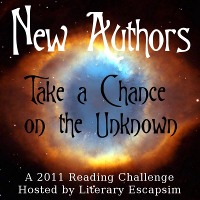
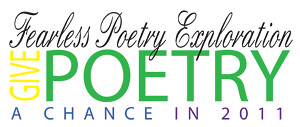



 About the Author:
About the Author:
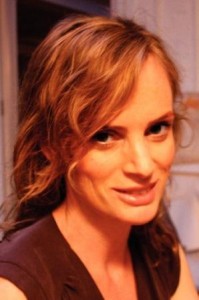

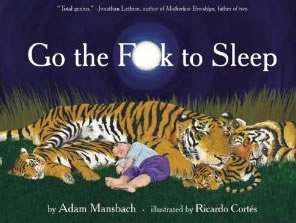
 Sandra of
Sandra of 

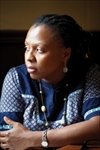 About the Author:
About the Author:
